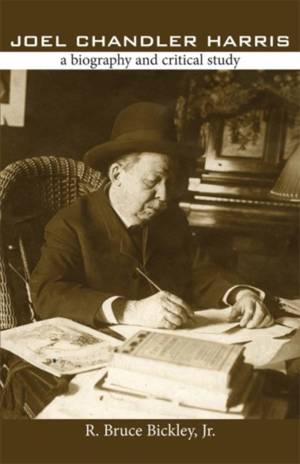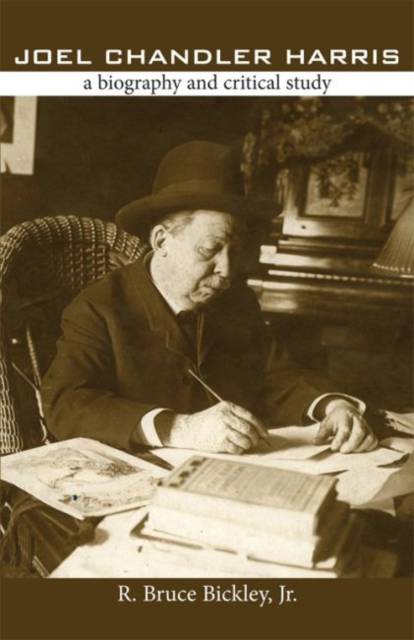
- Afhalen na 1 uur in een winkel met voorraad
- Gratis thuislevering in België vanaf € 30
- Ruim aanbod met 7 miljoen producten
- Afhalen na 1 uur in een winkel met voorraad
- Gratis thuislevering in België vanaf € 30
- Ruim aanbod met 7 miljoen producten
Zoeken
Omschrijving
This biography and critical study reconstructs Harris's life and career from his humble origins as an illegitimate child and plantation-newspaper printer's devil through his years in Macon, Forsyth, Savannah, and Atlanta. When Harris died in 1908, his national and international popularity rivaled his friend Mark Twain's. A psychologically complex person, Harris became an accomplished Southern local colorist who left multiple legacies as an American humorist, folklorist, New South journalist, children's writer, and author. He helped make the Old South New.
Harris's Uncle Remus trickster tales derive primarily from transplanted Senegambian African folklore and are rhetorically and sociologically complex representations of the often predatory world of Old South slave life--where survival depends on trickery, wit, and will pitted against the brute strength of overseers and masters. Controversial today because he was a white man retelling black folk narratives, Harris nevertheless helped preserve the trickster tale-cycle and promote black folk-tale collecting, generally; hundreds of scholars and linguists have studied his works. Harris also made Brer Rabbit, the tar baby, and the briar patch popular-culture icons, and his highly believable animal characters and dialogues influenced the techniques of Rudyard Kipling, A. A. Milne, Beatrix Potter, E. B. White, and other children's authors. Finally, Harris's poor white and African American characters and narratives have left their mark on writers from his time to our times--from Twain to Zora Neale Hurston, William Faulkner, Flannery O'Connor, Ralph Ellison, and Toni Morrison.Specificaties
Betrokkenen
- Auteur(s):
- Uitgeverij:
Inhoud
- Aantal bladzijden:
- 184
- Taal:
- Engels
- Reeks:
Eigenschappen
- Productcode (EAN):
- 9780820331850
- Verschijningsdatum:
- 6/05/2008
- Uitvoering:
- Paperback
- Formaat:
- Trade paperback (VS)
- Afmetingen:
- 140 mm x 216 mm
- Gewicht:
- 235 g

Alleen bij Standaard Boekhandel
+ 82 punten op je klantenkaart van Standaard Boekhandel
Beoordelingen
We publiceren alleen reviews die voldoen aan de voorwaarden voor reviews. Bekijk onze voorwaarden voor reviews.











